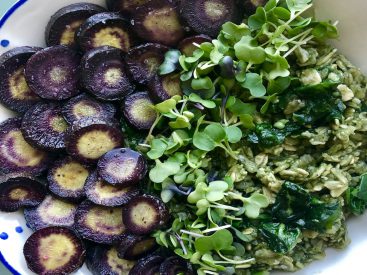SAN DIEGO – Residents of San Diego County will soon be able to recycle food waste under SB 1383. Holiday meal planning is an excellent time to think about reducing food waste while enjoying the deliciousness of the season. Food is the single largest material disposed of in U.S. […]
Delicious!
Delicious!



